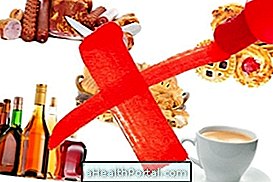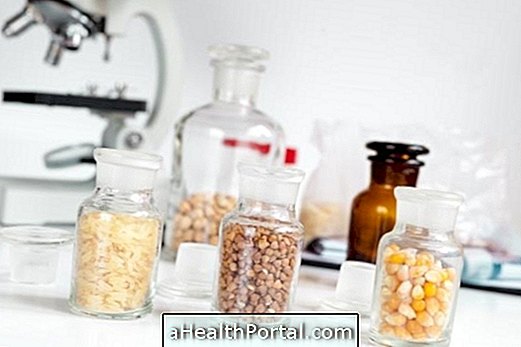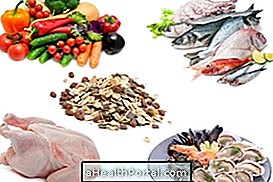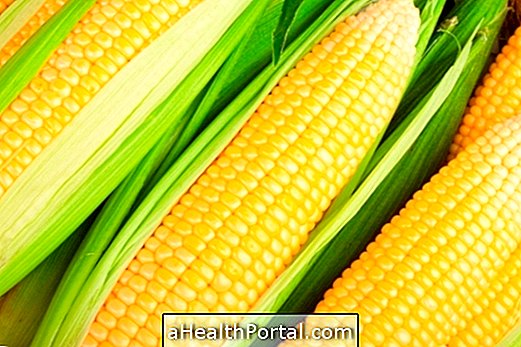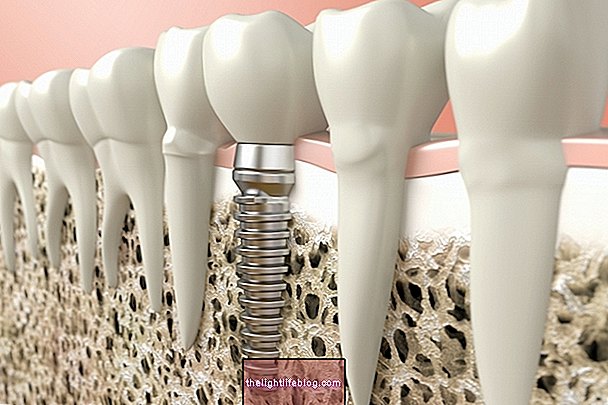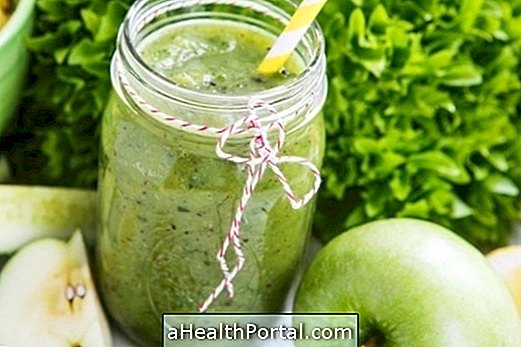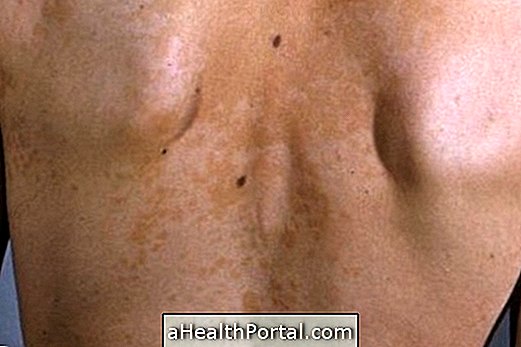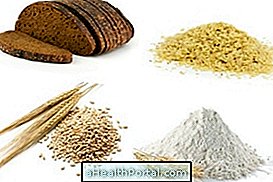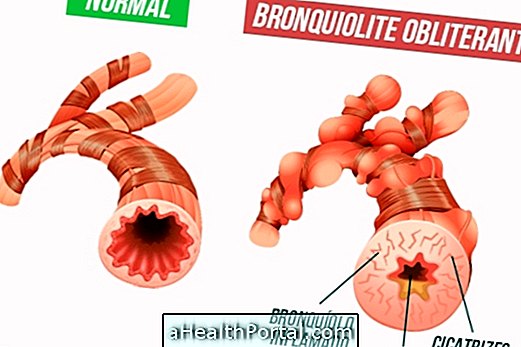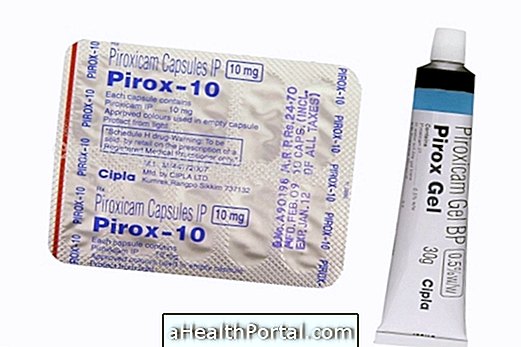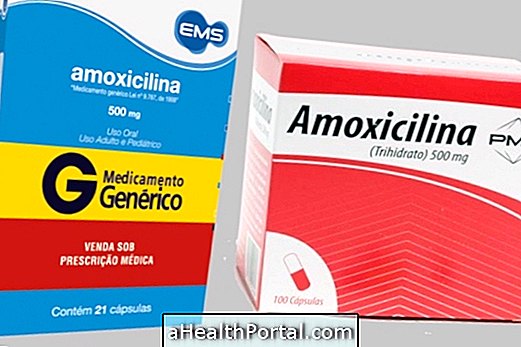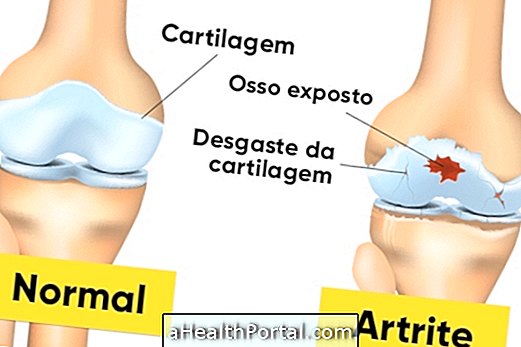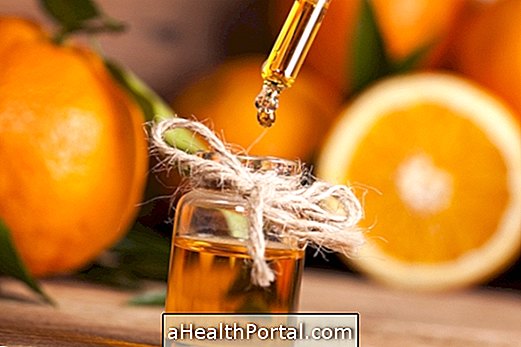Soluble fiber is found mainly in fruits and vegetables, and they form a viscous consistency mixture in the stomach that provides a feeling of satiety by making the food stay longer in the stomach, in addition to correcting constipation by regulating the speed of passage of the food bolus through the stomach, duodenum and intestine.
The benefits of soluble fibers include:
- Decreased appetite because they take longer in the stomach;
- Improvement of the intestine because it hydrates the faecal cake, being useful for diarrhea and for constipation;
- Decrease in LDL and total cholesterol, and triglycerides because it decreases the absorption of fat from food;
- Reduces the absorption of glucose from food, avoiding type 2 diabetes;
- Decreased risk of metabolic syndrome ;
- Decrease pimples by leaving the skin more beautiful because it improves the elimination of toxins from the body.
The soluble fiber in contact with water forms a viscous gel in the stomach and therefore naturally decreases appetite and also ferments in the intestine regulating pH, thus positively selecting the type of intestinal bacteria regulating bowel functioning by increasing fecal volume.
The content and degree of viscosity of the fiber will depend on the degree of maturation of the vegetable, and the more mature its quantity of certain soluble fiber types such as cellulose and lignin, the more it reduces the content of another type of fiber. soluble fiber, pectin.
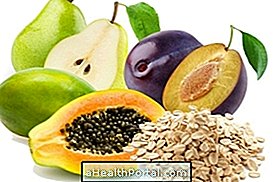

Foods rich in soluble fiber
Soluble fiber is found mainly in fruits and vegetables, but it can also be found in some cereals. The following table shows the amount of fiber in some foods:
| Cereals | Soluble fibers | Insoluble Fibers | |
| Oats | 2.55 g | 6.15 g | |
| All Bran cereals | 2.1 g | 28 g | |
| Wheat germ | 1.1 g | 12.9 g | |
| Corn bread | 0.2 g | 2.8 g | |
| White wheat bread | 0.6 g | 2.0 g | |
| Cooked pasta | 0.3 g | 1.7 g | |
| Cooked white rice | 0.1 g | 0.3 g | |
| Corn | 0.1 g | 1.8 g | |
| Vegetables | |||
| Fava | 1.1 g | 4.1 g | |
| Pod | 0.6 g | 1.5 g | |
| Brussels sprouts | 0.5 g | 3.6 g | |
| Pumpkin | 0.5 g | 2.4 g | |
| Broccoli | 0.4 g | 3.1 g | |
| Pea | 0.4 g | 2.9 g | |
| Asparagus | 0.3 g | 1.6 g | |
| Baked potato, peeled | 0.3 g | 1.0 g | |
| Cauliflower | 0.3 g | 2.0 g | |
The amount of total dietary fiber consumed daily should be approximately 25g, according to the World Health Organization (WHO), and the ideal amount of soluble fiber that should be ingested should be 6 grams.
Soluble fiber food supplements
Fiber supplements can be used when it is not possible to consume the amount of fiber needed per day and achieve the same benefits. Some examples are Benefiber, Fiber Mais and Movidil, which cost between 45 and 80 reais. These fibers can be found in capsules and powder, which can be diluted in water, tea, milk or natural fruit juice, for example.
